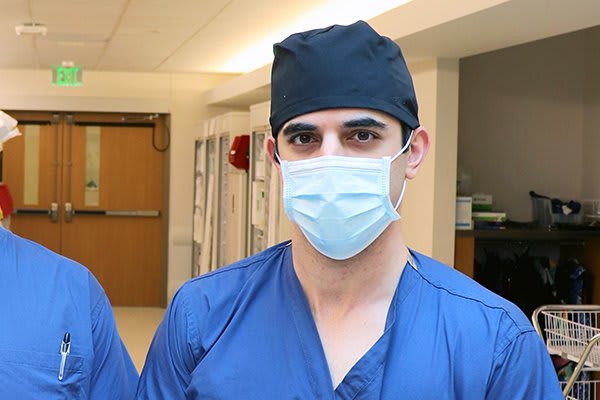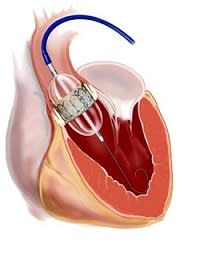1. Tell us a little bit about yourself. What drew you to the field of cardiac rehabilitation?
 I was a health and physical education major. I saw populations of people struggling with heart disease back in the 1970s when cardiac rehabilitation was not yet a well-known area. It was this recognition that made me realize that cardiac rehab was one of the best things people could do for their health. Based on early research that kept emerging, I knew I was on the right track in wanting to pursue this field. The cornerstone of cardiac rehab was, first and foremost, about improving people’s physical fitness and reducing so many risk factors associated with heart disease.
I was a health and physical education major. I saw populations of people struggling with heart disease back in the 1970s when cardiac rehabilitation was not yet a well-known area. It was this recognition that made me realize that cardiac rehab was one of the best things people could do for their health. Based on early research that kept emerging, I knew I was on the right track in wanting to pursue this field. The cornerstone of cardiac rehab was, first and foremost, about improving people’s physical fitness and reducing so many risk factors associated with heart disease.
2. Describe the cardiac rehabilitation team at Stamford Health.
All of our patient care clinicians are Exercise Physiologists and hold a Master’s Degree in Exercise Science. All of our team members have advanced Exercise Science certification with the American College of Sports Medicine & are also currently certified with Advanced Cardiac Life Support credentials.
Interested in Cardiac Rehabilitation?
We’re here to help. If you have questions or need assistance, call 203.276.2183.
3.What goes into developing an effective recovery program, and how does it vary from patient to patient?
We initially assess a patient’s complete medical history followed by identification of the risk factors that led to experiencing their particular form of cardiovascular disease. As aerobic exercise programs are the cornerstone of Cardiac Rehabilitation programs, each patient initially receives an individualized exercise plan based on their medical history.
4. When it comes to helping patients change their lifestyle after a heart attack or heart surgery, what are some of the most crucial factors for them to consider?
a. It's important to experience improvement in aerobic and muscle fitness
b. Because nutrition is so crucial when it comes to heart disease, we'll help patients receive nutrition education for varying forms of cardiovascular disease and associated conditions like diabetes and obesity.
c. We highly encourage our patients to participate in a lifestyle management program.
5. Can you give an example of a rehabilitation method that has proven effective time and again with the majority of your patients?
Interval training – intermittent short exercise periods followed by short rest periods. Interval training places “gradual” overload on the cardiovascular system which leads to improved aerobic fitness and the multiple benefits associated with it.
6. When a patient has successfully completed their course of the program, what happens next? How is their care followed to ensure they’re putting the practices learned into play?
All patients are offered a Stamford Health Phase III –Maintenance Fitness program through the Sarner Health & Fitness Institute. If they don't wish to partake in this phase of the program, we prepare an exit exercise prescription that the graduating patient can use as a guideline for maintaining their cardiovascular health and fitness goals.
7. What advice would you give to someone who’s hesitant to embark on a recommended cardiac rehabilitation treatment plan?
Don't be afraid to give yourself the opportunity to reduce or reverse risk factors that have led to your cardiovascular disease. Explore more about how you can benefit from participating in a cardiac rehabilitation program.
Featured Expert/ Author










)